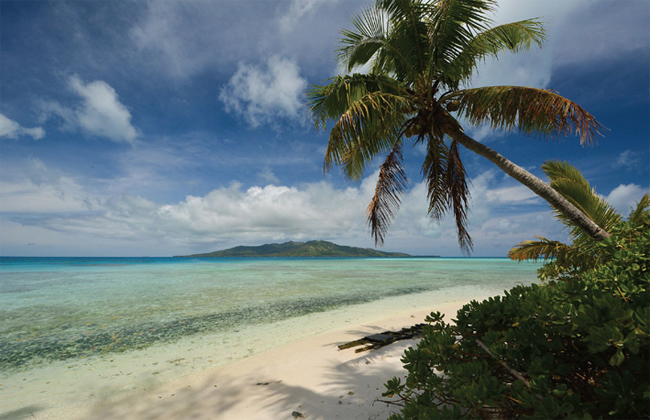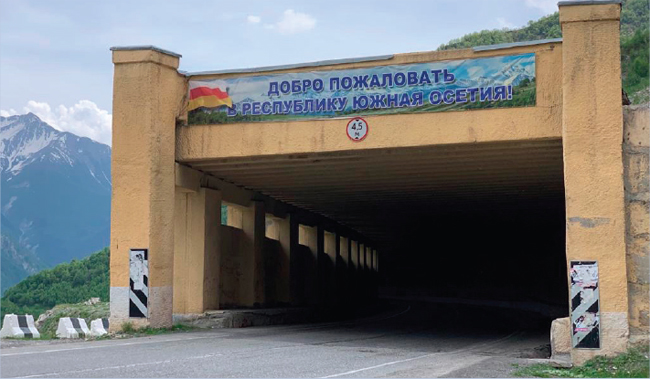
We are pleased to announce the addition of two new destinations to the Travelers’ Century Club list of countries and territories. Our list now stands at 329. They are:
- South Ossetia
- Austral Islands
Both of these destinations deserve more than a passing comment, so in this post we’ll introduce South Ossetia first.
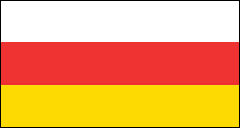 Background of South Ossetia
Background of South Ossetia
Formerly an autonomous region of Georgia, South Ossetia enjoyed de facto independence after a conflict in 1992. In 2008 a war broke out when Georgia tried to assert its dominance. Russian forces became involved and the war ended in mere days, resulting in the expulsion of ethnic Georgian civilians and the end of Georgian government.
The only countries that recognize South Ossetian independence are Russia, Venezuela, Nicaragua, Syria, and Nauru. Many in South Ossetia wish to merge with North Ossetia and become part of Russia, but no action has been taken.
The TCC board has followed the situation for the last several years and feels confident that any consolidation with Russia is not in the foreseeable future, and so have added it to the list under Rule 5: “Disputed Status: Geographically defined areas which have historically had an independent idemtity and whose current political status is the subject of dispute shall be counted as separate territories.”
How to Get In
Absolutely no entry from the Georgian side is possible. One must enter overland from Russia, as there are no airports in the country. Travelers usually leave from Vladikavkaz, Russia (North Ossetia) and travel along the TransKam Highway, through the Roki mountain tunnel.
You will need a double- or multiple- entry Russian visa or you’ll be refused entry into South Ossetia.
Unless you’re from a country that recognizes South Ossetian independence, an entry permit is required in advance, and unless you have a good South Ossetian friend, the permit is only available through a tourist company registered in South Ossetia. Local regulations require a guide to accompany all tourists.
What to Do and See
The capital city of Tskhinvali has a newish city center with a few interesting buildings, a national museum, and an 18th-century Armenian church. The Museum of Burnt Souls is a memorial built of bombed out civilian cars in memory of those who lost their lives trying to flee the city in 2008.
Driving through the countryside of South Ossetia reveals landscapes of foothills and mountains, small villages, and occasionally the ruins of a fortress or tower.
Austral Islands
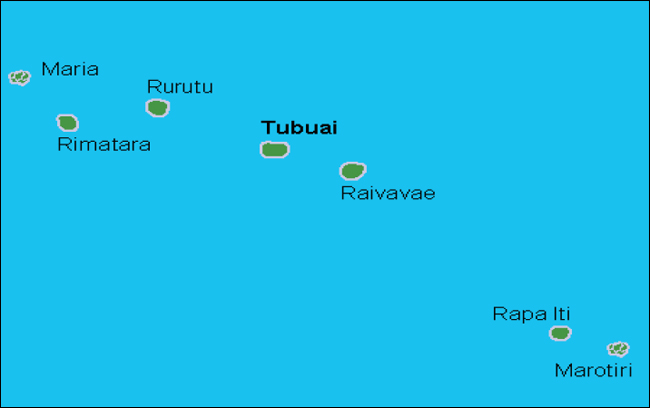
Who doesn’t like to go to French Polynesia? Without much effort, you can continue your travels south of Papeete another 373 miles (600 km) and discover hospitable and pristine islands seldom visited by anyone.
Two archipelagos of seven islands make up the Australs: the Tupua’i Islands and the Bass Islands. Among the Tupua’i Islands, you’ll find: Tupua’i, Rurutu, Ra’ivavae, Rimatura, and Ile Maria, which has no per- manent population. Rapa Iti and the uninhabited Marotiri make up the Bass Islands
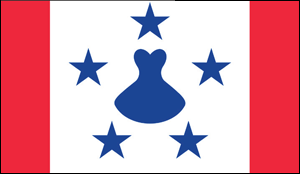 How to Get There
How to Get There
Air Tahiti flies from Papeete to Rurutu, Tubuai, Rimatara, and Raivavae, taking anywhere from 1 1/2 hours to 1 hour and 50 minutes. There is limited connecting air service between the islands
The Tuhaa Pae IV is a working cargo ship that holds twelve passengers. Two voyages a month leave from Papeete and visit the islands of Rurutu, Tubuai, Raivavae, and Rimatara. About once every other month it also calls at Rapa. A few small hotels and family pensions provide accommodations.
What to Do and See
From July to October Humpback whales come to the Australs to give birth. Boat and snorkeling tours can be arranged in Rurutu.
Snorkeling, diving, and kite surfing are available on all the islands. Birders will de- light in spotting several endemic species.
Local guides can take you to archaeological sites. Rurutu has 14 marae, indicating human presence as early as A.D. 900. Marae can be found on Rimatara, Tubua’i, Rurutu, and Raivavae. Terraced mountain fortifications, known as pa, are unique to Rapa.
Like every island in the South Pacific, crafts are in no short supply. The islanders weave coconut and pandanus leaves into hats, purses, mats, and bags. Woodcarving is an art form.
The best thing to do in the Australs is escape from the world!
